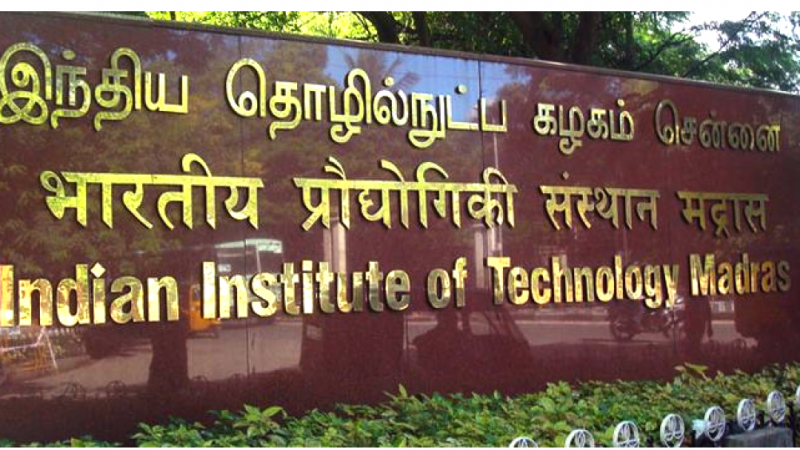Such advances are crucial as India is aiming to achieve 40 percent of its total electricity generation from non-fossil fuel sources such as solar and wind by the year 2030, the Institute said.
Chennai: The Indian Institute of Technology Madras (IIT-M) on Thursday said its researchers have made significant advances in developing alternatives to conventional lithium-ion and lead-acid batteries for industrial usage.
Such advances are crucial as India is aiming to achieve 40 percent of its total electricity generation from non-fossil fuel sources such as solar and wind by the year 2030, the Institute said.
According to the researchers, the study into vanadium redox flow battery stack development opens up possibilities for the indigenous fabrication of flow battery stacks by MSME units for domestic and grid-level energy storage applications.
“Our team designed, fabricated, and executed indigenous kW-scale vanadium redox flow battery for application in energy storage, which can be integrated into renewable sources such as solar and wind energy,” Sreenivas Jayanti, Department of Chemical Engineering, IIT Madras, said in a statement.
“We have developed operating protocols and design criteria for flow battery stack of power rating up to 10 kW using the prototype of a practical size that can be directly employed in industrial-scale stacks for grid-level storage,” Jayanti added.
According to the team, there are important advantageous characteristics of flow batteries. As the active species are in a liquid state and stored outside the battery, the energy can be stored indefinitely.
The number of times the electrolyte can be charged or discharged is also very high. Also, there is no danger if the battery is completely drained.
Thus, more percentage of energy storage capacity can be withdrawn effectively than what is possible with popular solid-state batteries.
“‘Vanadium Redox Flow Batteries’ (VRFB), with their distinct features of independent scale-up of power and energy, long cycling life, low Levelized cost of energy storage and milli-seconds response time, shows great scope in confronting with intermittency in renewable energy sources and load demand,” said study researcher Ravendra Gundlapalli.
![]()


